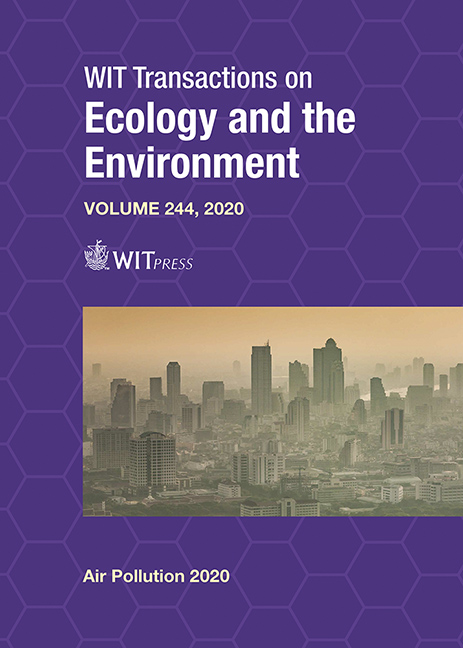ASSESSING RECURRENT AND CONVOLUTIONAL NEURAL NETWORKS FOR TROPOSPHERIC OZONE FORECASTING IN THE REGION OF VITÓRIA, BRAZIL
Price
Free (open access)
Transaction
Volume
244
Pages
12
Page Range
101 - 112
Published
2020
Size
432 kb
Paper DOI
10.2495/AIR200091
Copyright
WIT Press
Author(s)
AMILTON S. R. JUNIOR, ERICK GIOVANI SPERANDIO NASCIMENTO, DAVIDSON MARTINS MOREIRA
Abstract
The objective of this work is to verify the viability of using recurrent and convolutional neural networks models in the task of predicting ozone levels in the troposphere every hour for the next 24 hours. For this, the recurrent neural networks long short-term memory (LSTM), gated recurrent unit (GRU), and convolutional neural networks (CNN) models were trained using data from an air quality monitoring system collected in the metropolitan region of Vitória, Espírito Santo, Brazil, which contains several meteorological and air quality parameters. For validation, we applied the models over unseen data and compared different neural networks architectures using results obtained according to variations in hyperparameters such as the lookback and the number of layers, in addition to comparing the results obtained from the neural networks models applied with those obtained by a deep multi-layer perceptron, available in the literature. We show that the use of recurrent neural networks is a viable alternative for the task of predicting ozone levels and the LSTM model had the best results amongst the applied models.
Keywords
ozone forecasting, air quality, neural networks, deep learning, recurrent neural networks, convolutional neural network





